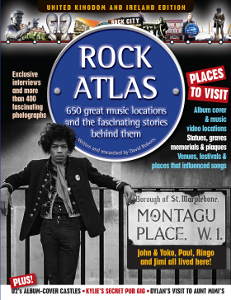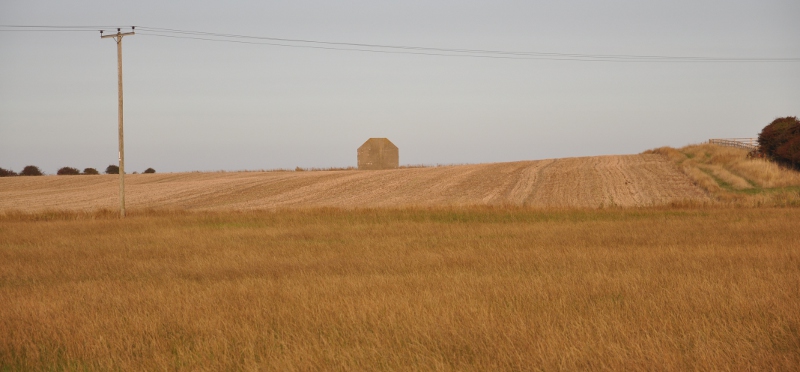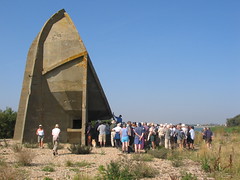Kent-based science fiction and fantasy gaming supplier Brigade Models is producing some 1/1200 models inspired by the Denge sound mirrors.
They are designed for Aeronef, a form of wargaming based on “an alternate history in the late 19th Century when the aircraft has been invented several decades earlier than the Wright Brothers actually managed. The nations and empires of the world battle for supremacy of the skies in giant aerial ships known as Aeronefs, lighter-than-air dirigibles (‘Digs’) and small fighter and bomber aircraft.”

Tony Francis of Brigade Models tells me that while the models are based on the Denge sound mirrors they are are not exact replicas; he worked from photos and satellite images to produce something that looked roughly right. “Although they are really First World War technology rather than late 19th century, we’ve appropriated them as being ideal for our Victorian science-fiction alternate history games”, he explains.
The 200 ft mirror comes out at about 50 mm long, while the two small ‘ears’ are about 10 mm. They are produced in pewter from masters which were created using a 3D modelling package and 3D printing.
- UPDATE: Some pictures of painted models. They look rather good.
For more details of availability and how to order, see the Brigade Models website.


